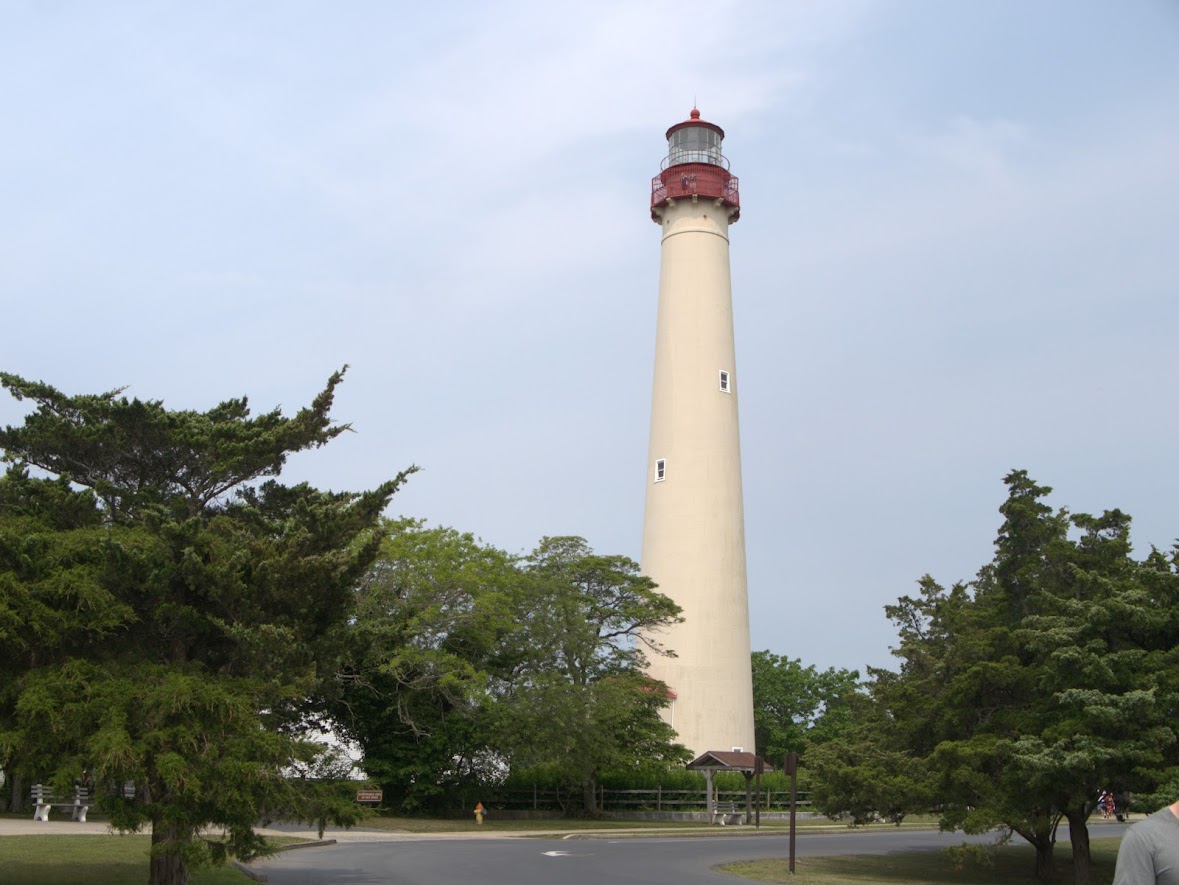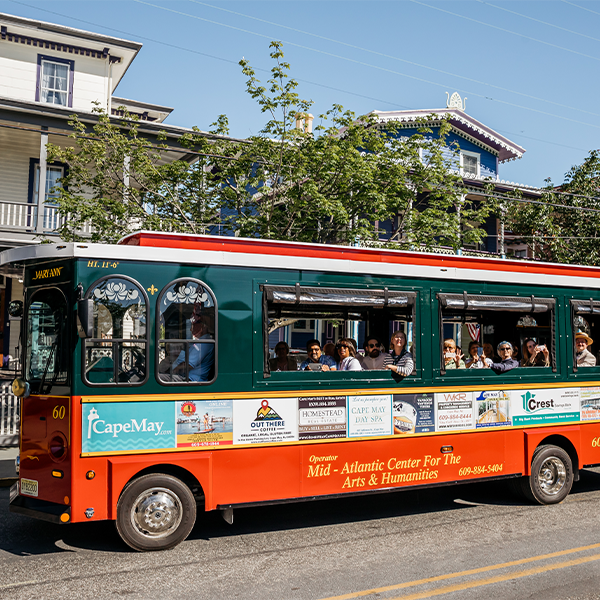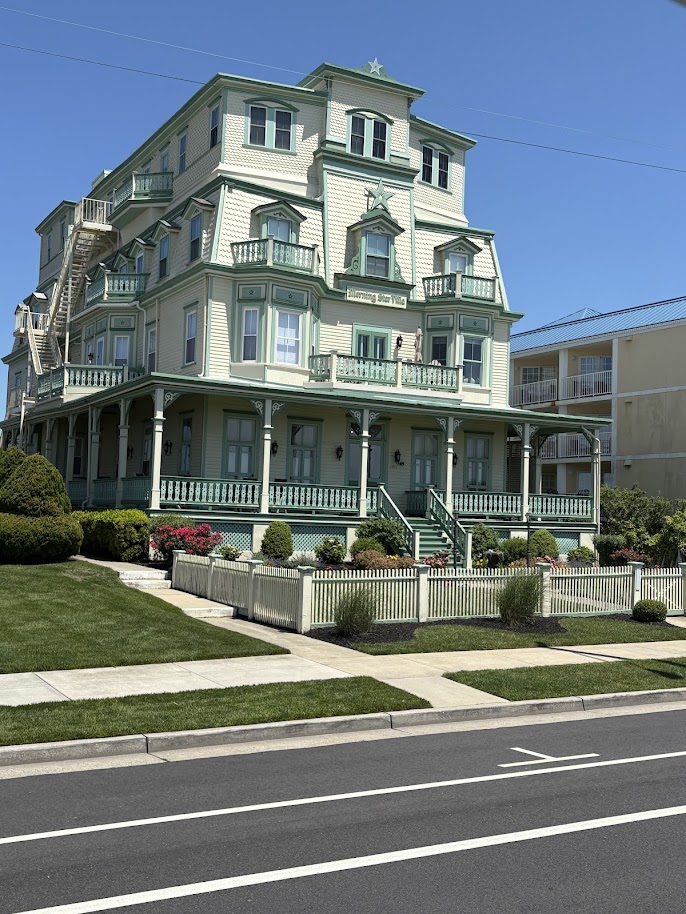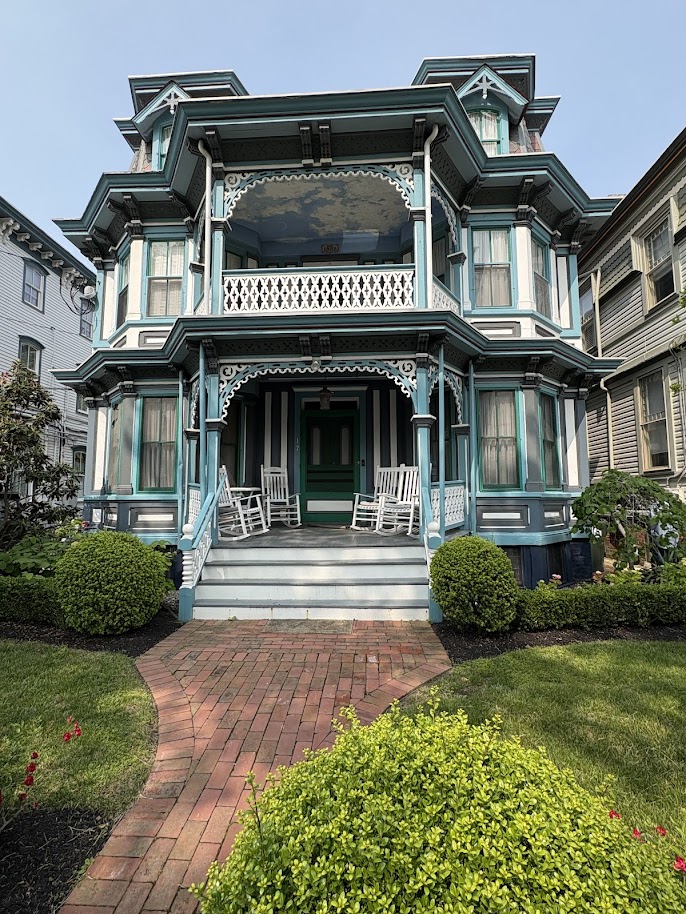Picture-perfect paradise
Add Cape May, N.J., to your vacation bucket list
As one who grew up in central New Jersey, I was embarrassed at how little I knew about the southernmost community in the Garden State – Cape May.
I had passed through the area on several occasions, but never did a deep dive into its many offerings. That all changed during the first week in June, when our three couples who normally take up residence in Chincoteague, Virginia, decided a change of scenery was in order.
Rather than search through Vrbo or Airbnb, we contacted a local real estate agent specializing in Cape May rentals. We were rewarded with a beautiful in-town renovated home with three bedrooms, all on one level.
Parking is a problem in Cape May, and our rental came with off-street parking to accommodate the three vehicles. When parking elsewhere in the community, Cape May uses a phone app that records the number of your parking space and accepts payment.
It is helpful to know something of Cape May history to understand the development of this beautiful beach town. According to information published by the City of Cape May, as early as 1766 the location became a resort destination for Philadelphia’s upper class and plantation owners from the South. Stagecoaches, sloops and schooners brought those escaping the heat, to stay in rustic public houses to enjoy sea-bathing and the plentiful seafood.
In 1852, the Mt. Vernon, which was then the largest hotel in the world, was built to accommodate 3,500 guests. Unfortunately, this building and other landmark hotels were destroyed by a beachfront fire. The Civil War brought hard times to the cape, when all the southern vacationers disappeared.
In the late 1860s, the completion of a railroad line from Philadelphia to the cape started the next surge of development, known as the cottage era. Middle-class families could now step off the train onto the beach for the day. Others built modest cottages on small parcels of land. At the close of the century, Cape May struggled to compete for wealthy patrons when Newport, R.I., and Atlantic City became the more accessible go-to summer locations.
Two events put Cape May back on the map. First, in 1954 the Garden State Parkway opened, making the isolated area more accessible by automobile. Second, in 1963 Cape May received $3.5 million, the first large urban renewal grant for a small city. Preservationists restored the many beautiful Victorian homes that are now the hallmark of the town. Today, the pedestrian Washington Street Mall and dozens of excellent restaurants make Cape May a year-round destination.
Getting three couples to compare schedules and choose a week away is always a challenge. Somehow, we landed on a week with interesting events taking place in Cape May and also great weather. Our vacation coincided with the designated “restaurant week” featuring inexpensive prix fixe dinners at many of the better eateries. All of us consumed more gourmet desserts than we had planned. We decided that the Cape May raw oysters were every bit as good as the famous Chincoteague variety.
Our week was also the scheduled Cape May Music festival. Vacationers looking for some excellent classical music could purchase tickets for matinee and evening performances all over the city. Professionals from New York City and New Jersey provided chamber music at churches and beautiful outdoor settings.
Cape May beaches do not feature a boardwalk like its northern neighbor, Wildwood. The beaches are wide, beautiful, have morning to late afternoon lifeguards and require a daily or weekly pass. On each beach visit we observed pods of jumping dolphins, just off-shore.
What is missing in amusement rides, pizza joints and T-shirt shops is compensated by a long stretch of beautiful Victorian homes and hotels facing the ocean, with others located in the historical district.
Cape May is renowned for its stunning variety of architectural styles and colorful facades. The big fire of 1878 destroyed much of the town. The city rebuilt itself quickly when the Victorian era was in full swing. The preservationist movement has guaranteed that these beautiful structures will be enjoyed by visitors for generations to come.
One tourist activity I would recommend is a guided tour on one of the many city trolleys that provide an introduction to the historical district and surrounding area. Once the different types of architecture and famous homes are explained, you can return for a more leisurely close-up view and photo opportunities of these magnificent buildings.
I found that Cape May shopping, while geared toward tourists, is more upscale than many shore towns. There are more boutiques, book stores and lobster roll establishments; fewer taffy and trinket shops.
The last but perhaps most famous Cape May attraction is its conservation areas with world-renowned bird watching. The location and diverse habitats (salt marshes, swamps, wet woods, freshwater marshes, ponds and pine forest) are perfect for migrating birds. At the South Cape May Meadows nature area, birders recorded more than 75 species during the month of May.
Well-marked, flat walking trails make it mandatory to pack your binoculars and camera with zoom lenses. For those interested in native plants, there are several botanical gardens. Boat tours offer views of unusual birds like osprey, along with dolphins and humpback whales during the spring and summer months.
Cape May provides a unique shore experience that vacationers should add to their bucket list.





